
Ever since ministers shelved minimum pricing last summer, health lobbyists have called for alternative regulation for the industry, rather than the nudge-based voluntary approach enshrined in the government’s Responsibility Deal.
But ministers themselves haven’t been exactly quiet on the subject. In February Home Office minister Norman Baker accused drinks companies and retailers of dragging their feet over home secretary Theresa May’s call for them to step up to tackle issues such as responsible promotion, alcohol education and super-strength booze. But does the industry deserve to be demonised - or are its voluntary actions starting to pay off?
This week the DH released the first progress report into one of the flagship commitments of its Responsibility Deal - the industry pledge to remove one billion units of alcohol from shelves by the end of 2015.
At first sight it looked like good news, with 253 million units of alcohol removed from products through reformulation or new lower-strength products in the first year covered by the pledge (December 2011 to December 2012). However, on closer examination the report falls well short of complete vindication.
While there were significant drops in the average abvs of beer, cider and ready-to-drink products such as alcopops, as brewers like AB InBev), Heineken and Diageo invested in reformulation and npd (although some critics claim the move was more about saving millions on tax duty rather than health concerns), the average abv for spirits and wine actually rose.
As a result, in the first year covered in a pledge to bring abvs down, abvs across the overall market increased by 0.05 percentage points to 7.31%.
In the case of spirits an extra 42 million units were on shelves in 2011-12. But perhaps more surprising was the fact that moves to lower the strength of wine resulted in a 15 million unit increase in abvs over the period.
“The cut-off was too early to capture growth of lower-alcohol products”
Retail source
Considering the data includes results such as Sainsbury’s selling 17.5% more lighter-alcohol wine in the period, Diageo cutting by 0.55% the abv of the UK’s biggest-selling wine, Blossom Hill, and Tesco launching more than 10 new lighter wines, it is a pretty poor show.
Some industry figures are baffled at the DH’s timing of the report. The first 34 signatories signed up to the pledge over two years ago now but only this week reported their latest figures to the DH, which would have provided a more up-to-date picture, they argue. “We can’t understand why the DH has put this report out now,” says one retail source. “It seems a very odd time to report this and give out data a year and a half out of date.
“The figures are clearly dominated by beer & cider, where a lot of the producers are based in the UK and measures could be brought in relatively quickly, whereas it looks as if the cut-off was too early to capture the big growth in lower-alcohol wine products, which by their nature take longer to come through,” says another leading source.
The industry is also trying to convince the DH that reporting should be extended to take into account changes in container size and package presentation on the shelves, although the source admits this is “enormously complicated”.
Fewer young people in A&E
As it is the progress report may have simply served up more ammunition to critics, whereas it could have delivered more good news. Overall, alcohol consumption fell over the period by five times the level of units accounted for by reductions in the strength of alcohol. And just last week a report by the University of Cardiff revealed 32,780 fewer young people sought treatment at hospital A&E departments last year than in 2012, continuing a 13-year trend and put down partly to reduction in binge drinking among young people.
But report author Professor Jonathan Shepherd, director of the university’s violence and society research group, gives little credit to the industry. “The drinks industry are past masters in doing things that aren’t very effective and that’s one of the reasons why regulation is the way ahead,” he says.
Cutting down on the booze?
-252m
units of beer removed
-51m
units of cider removed
-8m
units of RTD removed
+42m
units of spirits added
+15m
units of wine added
-253m
TOTAL units of alcohol removed
0.05
percentage point rise in average abvs to 7.31%
Source: DH year to Dec 2012
Professor Shepherd is part of a growing band of NGOs and scientists using the corridors of power to push for the government to abandon the Responsibility Deal.
Shepherd and others involved in last year’s walkout by NGOs from the alcohol network have been brought back in by the Home Office and DH to sit on a new alcohol health and enforcement group, which met for the first time last month, and MUP is very much on their agenda.
“While the alcohol industry was pledging to reduce units, they successfully bullied the Treasury into giving them a duty cut, which the government acknowledges will cause consumption to go up,” says Eric Appleby, chief executive of Alcohol Concern, also on the group. “And while health campaigners call for MUP, members of the Responsibility Deal Alcohol Network have been fighting it vehemently with legal action in Scotland.”
Portman Group chief executive and alcohol network chair Henry Ashworth argues the industry deserves recognition for its achievement. “The home secretary called for further action from the industry on the very day the government made its announcement about MUP, including joint working with police and local authorities, responsible promotions, education in schools, and measures to address the issue of high-strength alcohol products.
“Since then we have been working flat out to come up with significant and meaningful measures to help tackle these issues.
“The Responsibility Deal has started a whole new conversation in the industry, which we believe will achieve results far quicker than regulation. Removing 253 million units in the first year of the unit reduction pledge is a good start.”







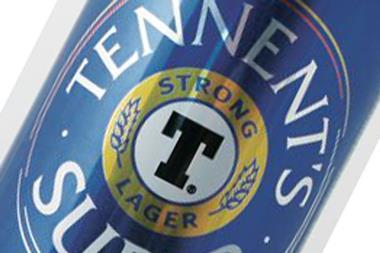
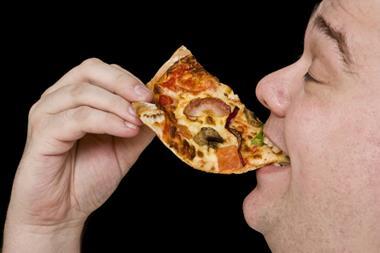
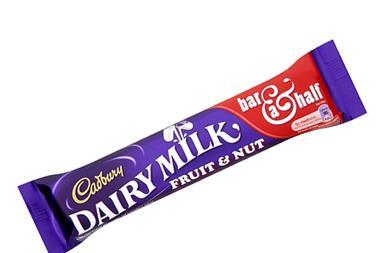
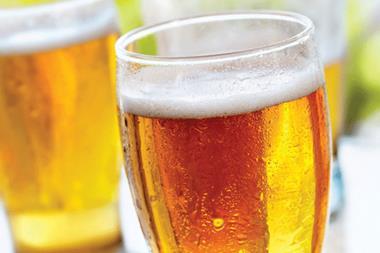
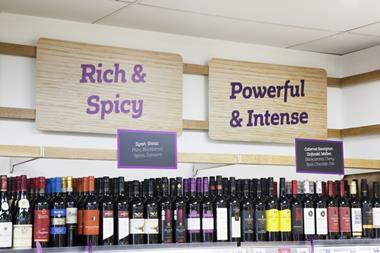
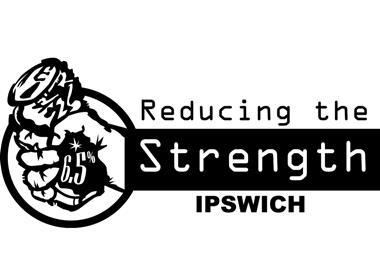






No comments yet